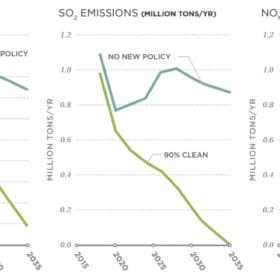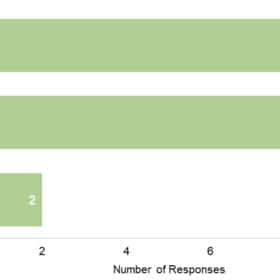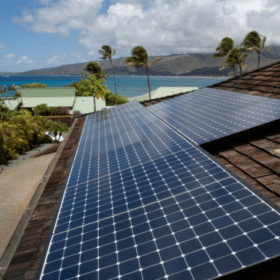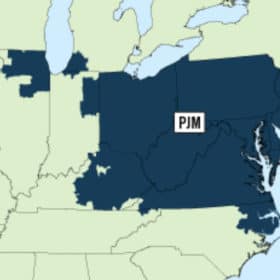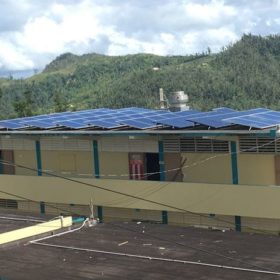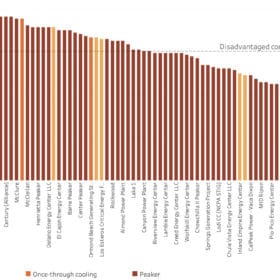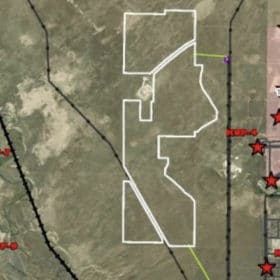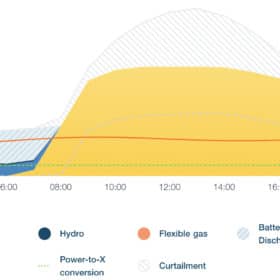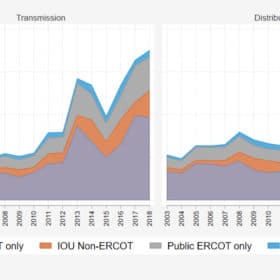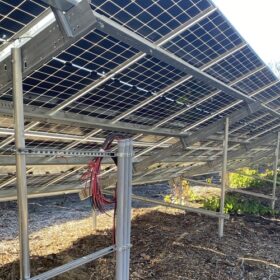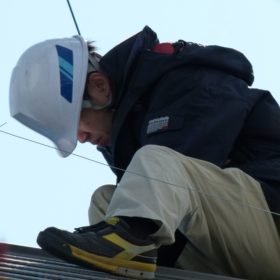90% clean power by 2035 is ‘challenging but feasible’
“90% by 2035 is the sweet spot” for a pathway that uses existing technology, allows “judicious use” of existing generation assets, and “achieves near-complete decarbonization in a realistic timeframe,” said study co-author Nikit Abhyankar of UC Berkeley. The resulting lower wholesale cost of electricity by 2035 “was a surprise for us.”
First Solar backs carbon pricing for wholesale electricity
First Solar has backed carbon pricing in comments submitted to the Federal Energy Regulatory Commission. The firm also co-founded a global policy institute that supports carbon pricing as a “cost-effective, equitable and politically viable climate solution.”
PV plants lasting longer, with lower operational costs
Solar plants are now expected to last 32.5 years and have operational costs of $17 per kW/year, as shown by a Berkeley Lab survey of industry participants.
Cities ‘could generate hundreds of times more solar power than they do today’
While applauding the rooftop solar progress of dozens of cities, a report from Environment Texas offers policy options for further progress. Per capita solar leaders are Honolulu, San Diego, Albuquerque, San Jose and Burlington, Vermont.
The solar industry and consumers both lose with federal ‘MOPR’ rule
Electricity consumers would pay at least $1.1 billion more per year in the 13-state PJM grid region, says a new report, while 8.5 GW of capacity sales from new solar developments would be excluded from the capacity market, and corporate solar purchase agreements could cost 50% more — if courts uphold a federal regulation known as “MOPR.”
Puerto Rico citizens’ groups challenge utility plan for 500 MW of temporary generation
At least two renewable energy firms decided not to bid on the utility’s procurement, which calls for generation equipment with a 90% capacity factor. A former chairman of the Puerto Rico Energy Bureau also comments on the plan, and shares his vision of Puerto Rico reaching 100% renewables by 2030.
Replacing peakers with storage to achieve the greatest health benefit
Regulators and community groups can use a new interactive resource to see the emissions impacts of existing and proposed peaker units. Storage developers may also find the tool helpful, to identify peakers likely to be replaced.
Wyoming’s 240 MW Dinosolar project advances in the state’s uncertain solar market
The project has obtained one county approval, as Rocky Mountain Power’s plan to increase its solar capacity and retire coal plants early has prompted an investigation by state regulators.
Overbuilding solar at up to 4 times peak load yields a least-cost all-renewables grid
The global energy firm Wartsila found a least-cost renewables mix for the U.S. that involves overbuilding renewable capacity, but requires no seasonal storage, and needs only four to ten days of multi-day storage capacity. The analysis modeled meeting current uses of electricity, based on projected technology costs for 2030.
Distributed storage could save Texas $344 million per year by deferring transmission and distribution costs
Adding enough distributed storage to reduce peak demand by 20% could defer up to one-fifth of the transmission and distribution expenditures in Texas for about 10 years, a study found. Other states may find the study’s analytical insights to be useful.
